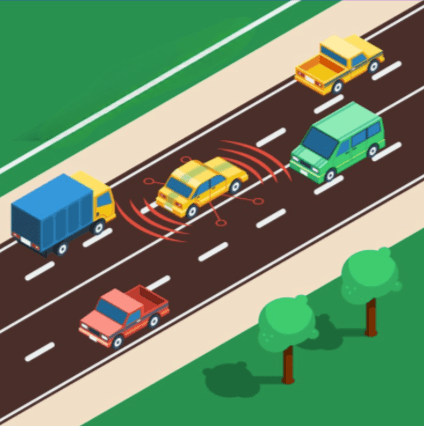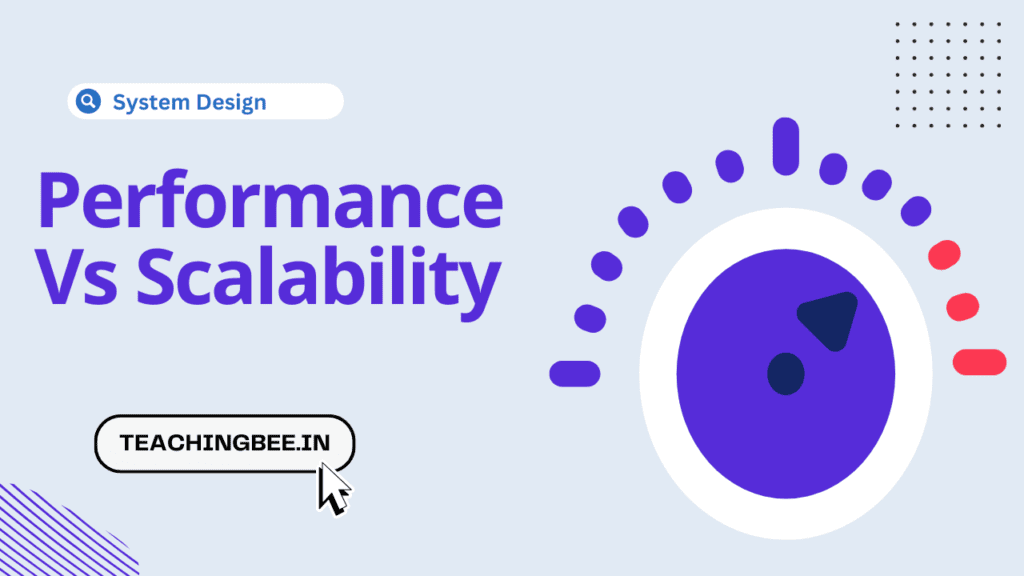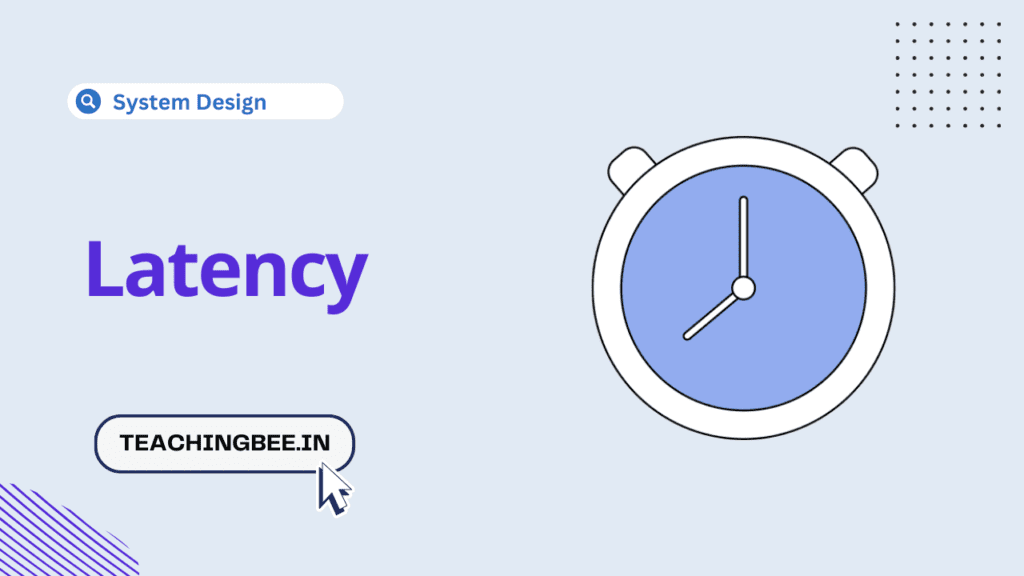Table of Contents
ToggleAs a software developer, I have often heard my senior colleagues use the terms “performance” and “scalability” during the design cycle. Though these terms seem similar, they are different yet interrelated regarding system design. Before discussing the differences between performance and scalability, let’s first define each time formally:
Performance
Performance, in the context of system design, refers to the ability of a system to execute tasks and operations efficiently and quickly. Response time and throughput are commonly used metrics for measuring it. High performance signifies that a system can deliver results fast, ensuring a smooth and responsive user experience.
Scalability
Scalability is the capacity of a system to handle an increasing amount of work or load by adding resources, such as hardware, without compromising its performance. In other words, a scalable system can expand and adapt to accommodate growing demands, whether it involves increased user traffic, data volume, or processing requirements. Scalability ensures a system can perform effectively as its usage or workload extends.
Don’t worry if these definitions seem daunting; we will get into each of these in detail with an analogy.
Performance Vs Scalability Explained
Imagine driving on a road or highway with minimal traffic during non-peak hours. Your vehicle can zip along at high speeds with minimal delay. The amount of time it took your car to cross that road depicts the performance of the road. Minimal time better performance.


Now consider you are going on the same road in peak hours. As more and more cars enter the street, your car speed slows down, taking more time to cross the road and hence decreasing the performance. But if the road had been designed in such a way that it could accommodate more and more traffic without impacting the car’s speed, then the road’s design would have been said to be scalable.


To speak in software analogy. Scalability is the ability of the system to handle more and more users or tasks without slowing down or breaking down, and performance is the ability of the system to perform tasks quickly.
Metrics for Measuring Performance
To measure the performance of the system, two key metrics used are:
- Response Time: Response time measures how quickly a system can respond to a user’s request. It begins when the user initiates an action (like clicking a button) and ends when the system provides a complete response.
- Throughput: Throughput measures the number of tasks or operations a system can handle within a given time frame
We will discuss these terms in more detail in future articles.
Trade-Off: Performance Vs Scalability in Software Engineering
Let’s consider the same highway, but in this case, you’re in charge of designing a highway system for a city. The goal is to ensure that vehicles move smoothly and quickly, keeping current and future traffic in mind. Now, there can be two approaches to designing it.
- Performance-Centric Highway Design: To ensure that vehicles move quickly and fast, you decided to design a highway with minimal curves, no traffic lights, and a high-speed limit. This design allowed cars to move at top speed in normal conditions, offering high performance. However, as the number of vehicles increases on the highway, this design can lead to severe traffic jams, leading to a severe decrease in performance in high traffic.
- Scalability-Centric Highway Design: To overcome the abovementioned scenario, you changed the design by incorporating multiple lanes, efficient on-ramps and off-ramps, and variable speed limits that can be adjusted based on traffic conditions. Although this design did not allow the vehicles to travel at their top speed, it could quickly adapt to handle increased traffic. During rush hours or significant events, the system scales up by opening extra lanes and implementing adaptive speed limits, thus preventing traffic jams. This led to a slight reduction in performance but ensured the system could handle large loads efficiently.




In the end, the key lies in finding the right balance. Just as a highway should offer good performance but also scale when needed, software system architects aim to create responsive and efficient systems under typical circumstances. Still, they can gracefully adapt to handle increased demand or unexpected spikes in usage. Balancing performance and scalability is the essence of effective system design.
Strategies for Balancing Performance and Scalability
Various strategies for Balancing Performance and Scalability are:
- Load Balancing refers to distributing network traffic and load evenly across multiple servers/resources to avoid overloading any single node.
- Caching Techniques – This technique stores frequently accessed data and queries in high-speed caches to reduce the load on slower databases and backend systems.
- Microservice Architecture: Breaking a monolithic architecture into smaller, independently scalable and maintainable microservices is known as Microservices Architecture. It enables flexible scaling and provides several benefits, such as improved fault isolation, easier deployment, and faster development cycles.
- Leveraging Cloud Computing Resources -It refers to using on-demand scalability, load balancing, and cloud platform distributed architecture.
We will discuss these topics in our future articles. So stay put and subscribe to our newsletter to stay updated.
Conclusion
To conclude, the interplay between performance and scalability while designing a system can be seen as synchronising musical harmony. Performance is like a skilled instrumentalist prioritising speed and efficiency and ensuring smooth operations under normal and low-stress conditions. Meanwhile, scalability is like an orchestra adapting to varying demands, providing the flexibility to accommodate growth and surges in usage.
The crucial difference is that performance and scalability complement each other rather than competing, with the difficulty being getting the right balance. Achieving this equilibrium is the mark of a successful architect, enabling systems to deliver speed and adaptability, much like a beautifully harmonised piece of music resonating with users and leaving a lasting impression.
I hope You liked the post ?. For more such posts, ? subscribe to our newsletter.
We are thrilled ? to offer you our free resume checker service ✔️, where our team of knowledgeable Industry Experts ? will provide you with a score? based on the essential elements that recruiters and hiring managers seek in a resume ?. Give it a try and take the first step towards your dream job ?!
FAQ
Can a system be both highly performant and highly scalable?
Answer: Achieving both high performance and scalability is challenging but possible. It often involves smart design choices, efficient algorithms, and technologies like load balancing, caching, and cloud computing to strike the right balance.
What are some common performance bottlenecks in software systems?
Answer: Common performance bottlenecks include
- Slow database queries
- Inefficient code
- Inadequate hardware resources
- Excessive network latency.
Identifying and addressing these bottlenecks is essential for optimising performance.
How can I test the scalability of my software system?
Answer: Scalability testing involves gradually increasing the system’s load and monitoring performance. Techniques like stress testing and load testing help identify how the system behaves under different load levels and whether it scales effectively.
What are some best practices for balancing performance and scalability?
Answer: Best practices include profiling and optimising code, using caching mechanisms, employing distributed architecture like microservices, and leveraging cloud resources for elasticity. It’s crucial to design with scalability in mind from the start and to monitor and adjust as needed continuously.
When does my system need scalability improvements?
Answer: Signs that your system may require scalability enhancements include a growing user base, increased workloads, performance complaints, inefficient resource use, and plans for future growth or feature additions. Monitoring these factors helps assess the need for scalability improvements.




